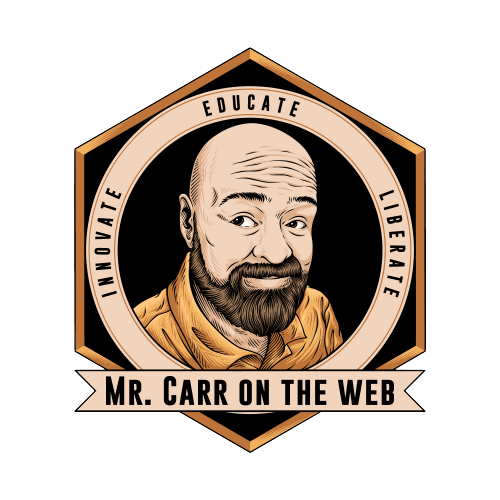Unlock Learning Power: Huberman’s Science Meets EduProtocols
Recently, I’ve been thinking a lot about how we, as educators, can really help our students not just learn but retain what they learn. You know that feeling when you’ve taught a lesson, but a week later, it seems like half of it didn’t stick? Yeah, we’ve all been there. But here’s something exciting—I’ve been diving into some science, and I’ve found a way to make that learning stick, and it’s all about using EduProtocols, specifically "The Fast and Curious."
The Science Behind Learning That Lasts
I’ve been tuning into the Huberman Lab Podcast, where Andrew Huberman, a neurobiology professor from Stanford, talks about the best ways to study and learn. His August 26 episode called “Optimal Protocols for Studying and Learning” is really worth the listen! He breaks down three big ideas:
Active Engagement: Learning works best when students are really involved in the process—not just passively listening but doing something with the information.
Frequent Testing: Quizzing isn’t just for checking what students know; it’s actually one of the best ways to help them remember what they’ve learned.
Neuroplasticity: This is a fancy term for how our brains change based on what we do, especially when we’re actively learning and testing ourselves.
These ideas aren’t just theories—they’re backed by science, and they align perfectly with an EduProtocol I already love: "The Fast and Curious."
Why The Fast and Curious Works So Well
If you’ve been around here for a bit, you know I’m all about EduProtocols. They’re designed to get students actively engaged in learning, and "The Fast and Curious" is one of my favorites. Here’s how it goes:
Start with a Quick Quiz: We kick things off with a low-stakes quiz—something fun and interactive like Quizlet or Gimkit.
Review Together: We go over the answers as a class, which gives students immediate feedback on how they’re doing.
Quiz Again: Then, they take the quiz again, often seeing better results as they correct their mistakes and reinforce their learning.
Rinse and Repeat: We do this over several days, and you can really see the improvement as students get more comfortable with the material.
This approach fits perfectly with what Huberman talks about—engaging students actively, testing them frequently, and helping their brains lock in the learning. It’s not just about getting the right answer; it’s about making the learning stick.
Join Me for a Free Webinar!
I’m so pumped about how well "The Fast and Curious" aligns with the latest science that I’ve decided to host a free webinar. In it, I’ll dive into this EduProtocol and others that are making a real difference in classrooms. We’ll explore the science behind why these strategies work and how you can use them to boost your students’ learning.
If you’re ready to see how these tools can transform your teaching and help your students retain what they learn, I’d love for you to join me. You’ll get practical tips that you can start using right away, plus a chance to connect with other educators who are just as passionate about teaching as you are.
Sign up now to reserve your spot—it’s going to be a great session, and I can’t wait to see you there!
Looking forward to connecting with you all soon.
Best,
Jake Carr (Mr. Carr on the Web)
